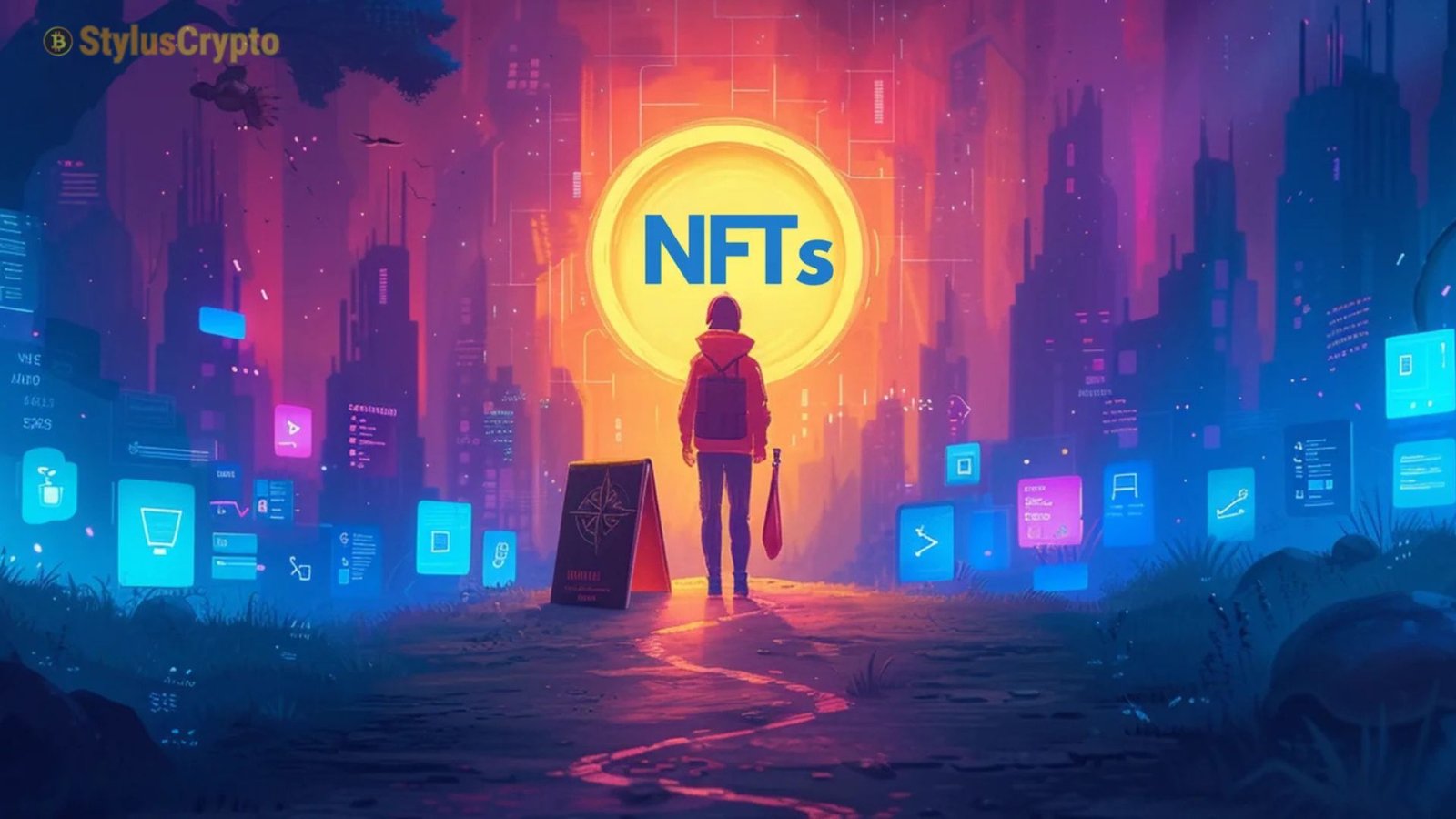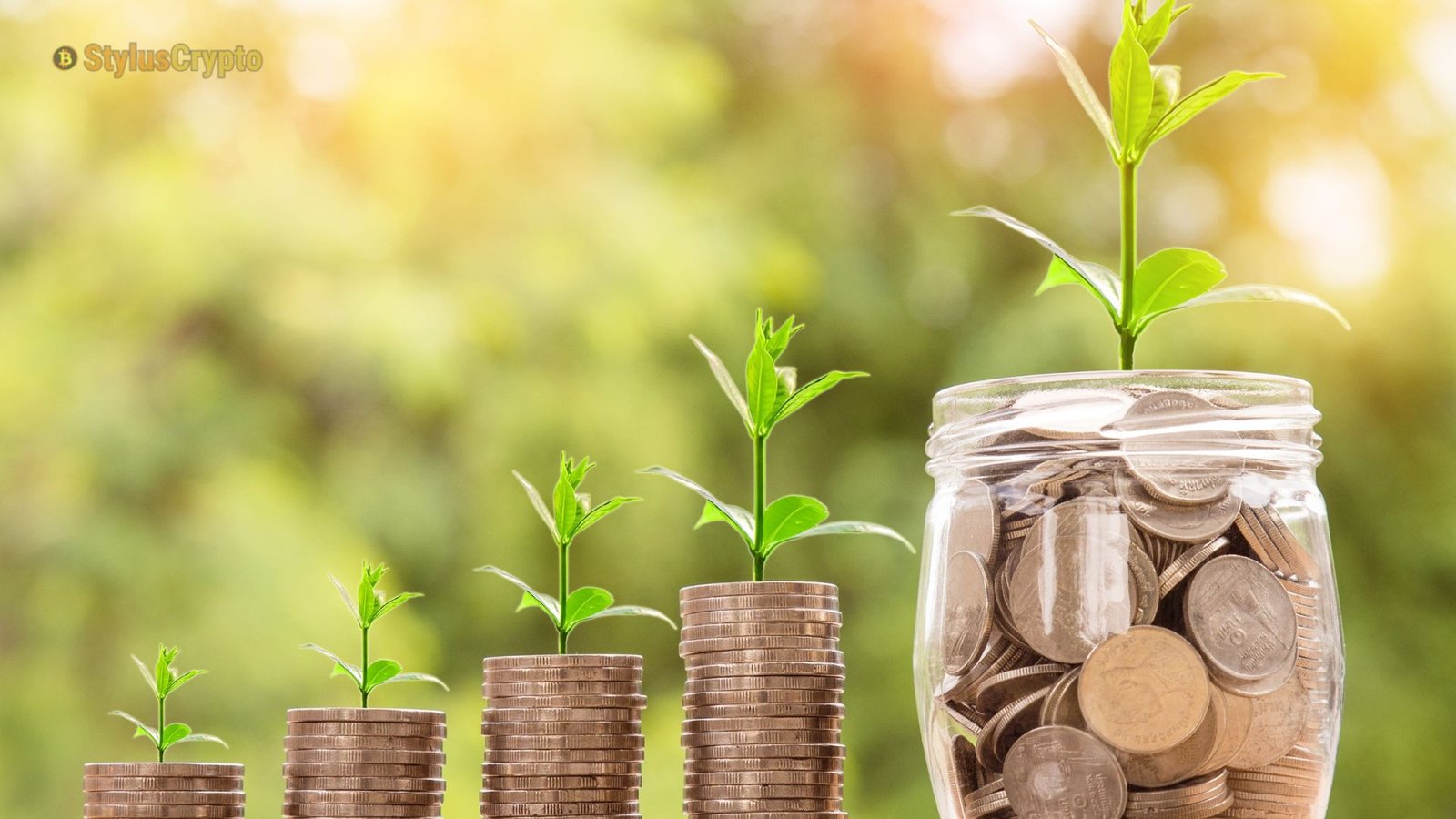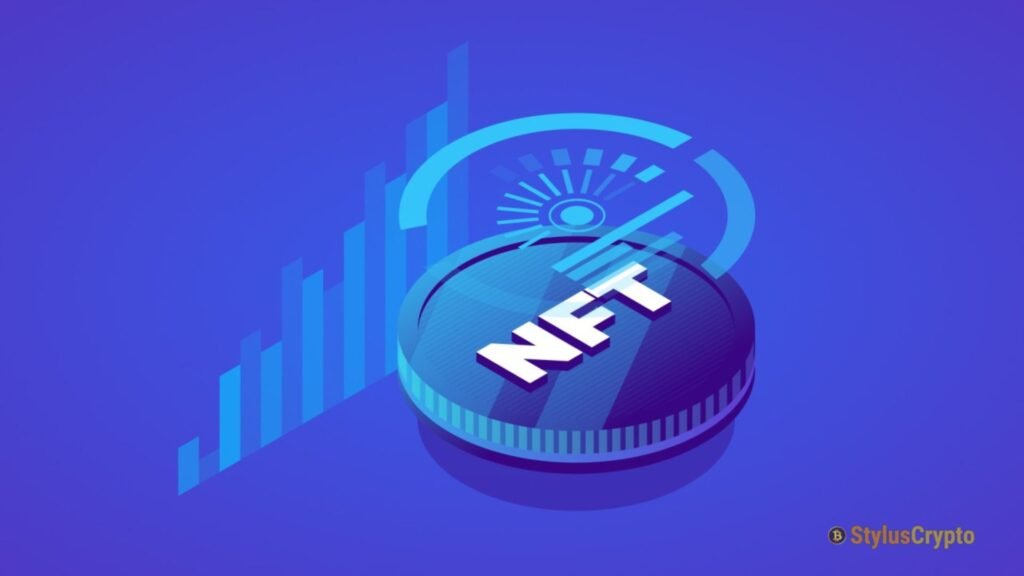Developing non-fungible tokens (NFTs) has revolutionized digital asset options for artists, collectors, and investors. This article will examine the most recent developments in cash flow NFTs and how tokenized artwork in our marketplace might bring in money and provide advantages. It aims to shed light on NFTs’ function and prospects in art.
NFT Marketplace Overview
The NFT marketplace is an ever-changing marketplace for one-of-a-kind digital goods. It brings together investors, collectors, and producers. Artists can tokenize their works inside this ecosystem because NFTs provide unique ownership of virtual artwork. This change opens up new avenues of income for NFT holders while making art more accessible to the general public. Transparency in transactions made possible by blockchain technology allows everyone to see who owns what token and verifies its legitimacy.
Typically used in art, music, and collectibles, Non-Fungible Tokens (NFTs) are digital representations of ownership or authenticity of one-of-a-kind items. Because each token has unique information that makes it a distinctive property, NFTs are not transferable like other currencies. Because of their singularity, NFTs may be purchased, sold, and exchanged on the NFT marketplace by investors and collectors looking to make a profit. With their capacity to reimagine ownership, NFTs have the potential to revolutionize the digital economy.
The Role of Tokenization in Art
Tokenization is essential at the crossroads of art and blockchain technology. Artists may establish a trustworthy and traceable ownership model by transforming their digital or physical works of art into NFTs. Through this procedure, artists may increase their chances of making money from sales and get continuous royalties from secondary purchases. The tokenization process allows artists to transform their work into a shareable and tradeable commodity, which opens up new avenues of audience engagement and revenue generation previously unavailable in the art market.
Understanding the Cash Flow Model
The steady stream of funds generated by tokenized artwork is vital to the NFT marketplace’s cash flow mechanism. Under this mechanism, creators and holders of NFTs can profit from initial sales, royalties, and membership offerings. Artists can transform their artwork into a profitable commercial endeavor via wise asset listing and community engagement. As a result, investors may look for ways to buy NFTs that they think will go up in value, which means that everyone wins: creators and collectors.
Opportunities for Artists and Collectors
Generating Revenue through Tokenized Art
The tokenized art market is a promising new way for artists to make money in the rapidly developing NFT industry. Artists may get passive income from secondary sales of their NFTs by transforming their work into unique digital assets. With this cash flow concept, artists may earn money whenever their tokens are resold, creating a steady income flow. Artists may capitalize on the growing demand for exclusive virtual art to make a living from their artistic pursuits.
Benefits of Ownership in the NFT Ecosystem
There are several advantages to ownership in the NFT ecosystem for collectors and artists alike. Artists can increase their financial potential through tokenization by creating a method for recurring royalty revenue. The flip side is that collectors get their hands on unique digital goods, which can grow in value over time. Because collectors may brag about their purchases and join in on art conversations, this novel ownership model encourages community involvement and makes shopping in the NFT marketplace more enjoyable.
Success Stories from the Community
Numerous moving anecdotes about the life-altering effects of cash flow NFTs may be found throughout the NFT community. Using blockchain technology to tokenize their compositions has been a huge boon for many artists, resulting in massive sales and continued payments. Collectors have also profited since the value of their artworks has skyrocketed, transforming their investments into profitable assets. These real-life examples show how the NFT ecosystem may help artists and collectors achieve their goals, which is excellent for newbies.
Transformative Features of Cashflow NFTs
How to Sell Artwork as NFTs
Tokenizing works of art using blockchain technology is a prerequisite for artists looking to sell their work as NFTs. As part of this procedure, they will create a digital token representing the ownership and validity of their artwork. Artists may sell their tokenized works to collectors through the NFT marketplace by listing their NFTs on different platforms. Promote your work on social media and become involved with your community to reach more people who could buy it and boost your chances of becoming financially successful.
Challenges Faced by NFT Creators
Even if there is a lot of potential, NFT developers frequently encounter significant problems in the market. Finding one’s way through the technical maze of tokenizing and selling digital assets is a considerable challenge. There is a lot of rivalry among NFT artists, which makes it hard for up-and-coming artists to be noticed and win over consumers. In addition, inventors and investors alike are vulnerable to market swings that affect how valuable NFTs are considered to be. For sustained success in the NFT market, it is essential to comprehend and conquer these obstacles.
The Future Potential of Cashflow NFTs
As blockchain technology develops and becomes more widely used, cashflow NFTs have enormous promise in the future. The number of digital assets available in the NFT marketplace will likely grow and diversify as more artists take advantage of the chance to tokenize their work. Still, there is a further reason for producers and collectors to get involved: new software and blockchain tech might make things more transparent and secure. Cashflow NFTs have the potential to provide continuous income and shape the future of the art industry, thanks to the increasing demand for digital material and virtual art.
Membership and Community Engagement
Joining the NFT Marketplace
If you are an artist, collector, or investor interested in the growing realm of digital assets, you should consider joining the NFT marketplace. If you enter this ecosystem, you may purchase, sell, and trade NFTs and have access to a wide variety of original artworks. Participation in community events and early access to token drops are two examples of the unique privileges that members often enjoy. Participation like this improves things generally and helps artists and NFT holders connect, opening the door to joint ventures and mutual success.
Free Resources for Artists and Collectors
For artists and collectors, the NFT marketplace has many free tools. Tokenization, the cash flow model, and successful sales tactics are complex topics, and these resources may include instructional materials, webinars, and online tutorials to assist consumers grasp these topics. Collectors may get information on how to find valuable NFTs and how to navigate the marketplace, while artists can obtain guidance on how to produce and promote their unique assets. Whether as artists or collectors, those involved in the NFT ecosystem may benefit significantly from using these no-cost tools.
Building a Business Model around Cashflow NFTs
Artists may profit from their artistic pursuits by developing a business model based on cashflow NFTs. If they tokenize their artwork, they may earn money from the original sale and recurring royalties through secondary sales. With this income flow strategy, artists may build a dedicated following of fans and backers. Artists may turn their love of painting into a lucrative company by connecting with collectors and smartly promoting their NFTs. This will help them establish a strong brand and attract continuous investments.
Maximizing Your Revenue Streams
Strategies to Increase Your NFT Sales
Artists and collectors may increase their earnings from NFT sales by using tactics well-received by the market. This involves making sure that listings are optimized with eye-catching images and thorough descriptions that showcase the distinct characteristics of each tokenized piece of art. You must be active on social media and NFT platforms to attract customers ready to buy. Collectors might feel a sense of urgency and excitement when limited edition NFTs or exclusive access packages are created, encouraging them to spend. Artists may increase sales of their work by keeping up with current trends in the industry.
Further Read: Top NFT Market Trends and Projects to Watch in October 2024
Recommended Software for Managing NFT Sales
Artists and collectors can significantly improve their efficiency and efficacy using the recommended software for handling NFT sales. Tools for keeping tabs on sales, monitoring market trends, and managing tokenized asset inventories are available on various platforms. Analytics are a common feature of these software packages, allowing customers to comprehend their income sources better and devise pricing plans. By using these technical tools to simplify their operations, artists may secure their financial success in the NFT marketplace and devote more time to the creative parts of their work.
Choosing the Right Artwork for Tokenization
Tokenizing the correct artwork is essential to the success of any NFT business. Artists should consider originality, emotional connection, and market demand when choosing which works to turn into NFTs. Digital art can change lives,soe pieces that appeal to thatdesireraresessentiale. Artists may increase the likelihood of making money off their tokenized artwork by concentrating on distinctive qualities that stand out in the competitive NFT market and appeal to collectors looking for one-of-a-kind investments.
[sp_easyaccordion id=”1911″]

